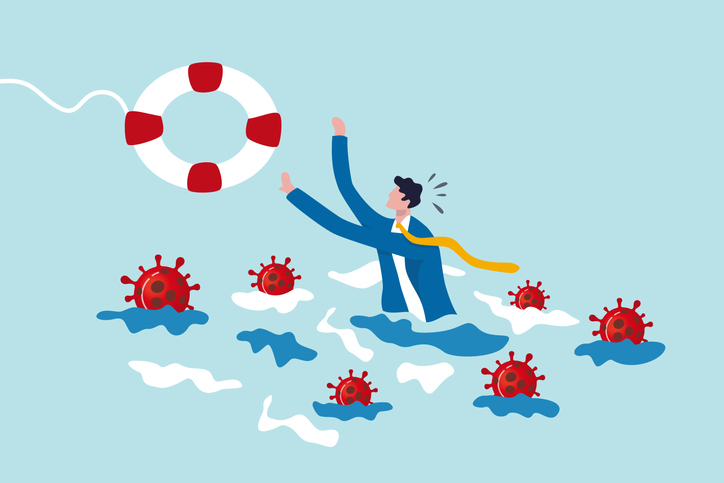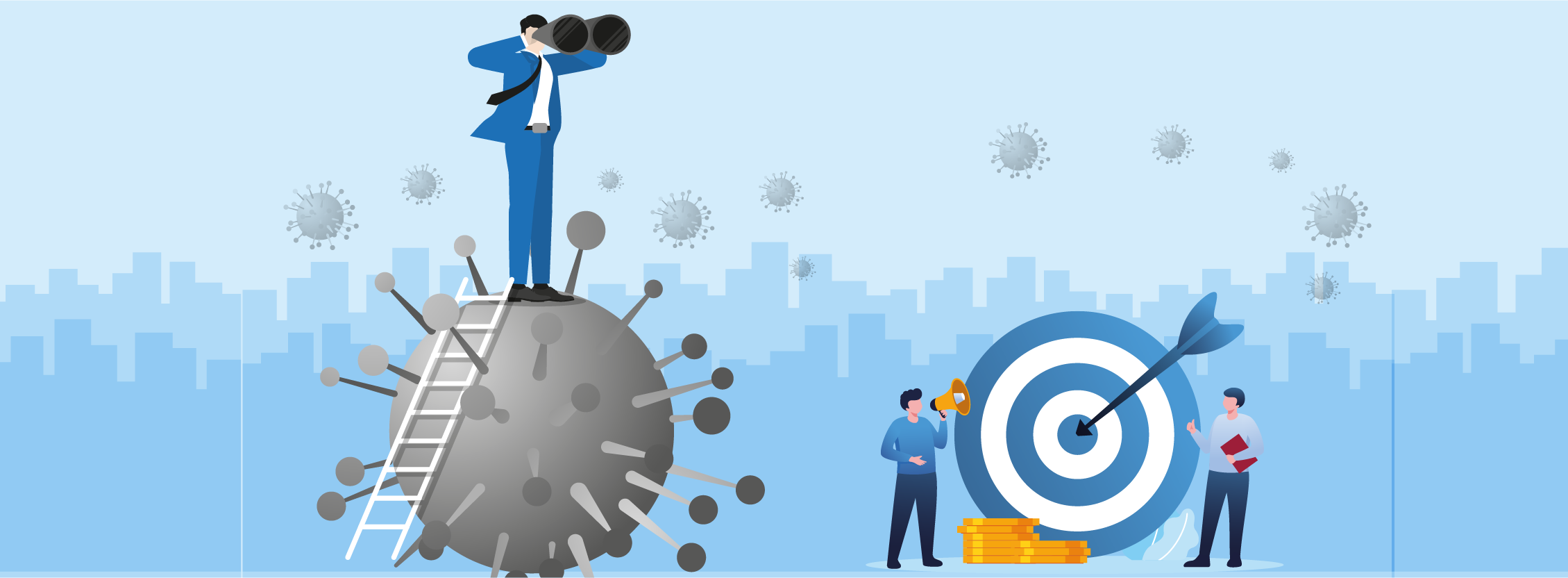Covid-19 no doubt has shifted everything, from the way we live our lives to how we advertise and drive brand awareness. But the thing that is tying everything in one place is digital performance.
When Covid struck the world, it came with the need for a digital presence. People were confined to the four walls, street stores were closed, and businesses shifted to “work from home” mode. But it did not change the need to sell, succeed and drive revenue. So the digital noise has become the need of the hour for everyone including B2C or B2B in retail, ecommerce, events, IT, corporate finance. And with brands thriving to make their space in the digital world, the competition has also grown hugely. In such an environment, the engagement of companies like The Marketing Heaven has an ever-increasing impact on business, and it’s no surprise that many are using this support.
So how do you survive in the competitive digital world? Well, we have summarized some tips to ensure your digital marketing success.
Trust The Timing
Just like everything else about business, Digital Marketing too takes time. It takes time across Paid social, SEO and Search Engine PPC for platforms to learn the things you do, who you are, and the type of audience that converts for you. Also, time is also required to see trends, recognise commonalities, and understand what digital performance means for your brand.
What we suggest about timing is that, the longer you run a campaign, the more successful it will be- and the reason behind it is not confined to the platforms completing the learning phase. The reasons could be adjusting a campaign approach, refining your audience to adjust your top buyers, but more than anything- it is understanding your “Search Impression Share’ and making sure you push the limits. Now, what exactly is SIS? It is the number of people your ad reached, versus the number of people it could have reached.
Be Acquainted With Your Audience
One of the essential steps in digital performance and goal conversions is to know your audience. You should be aware of the difference between your audience who support the brand and drive engagement, and your audience who will convert to revenue. Where they are in the funnel, what time they can be found,the type of content they respond to, and how you can encourage them to convert.
The tip here is to consider the right platform for your business and your buyers. Brand awareness will come sooner or later, but revenue is not that easy to find.
Remember The Relevancy

Relevancy is knowing what audience will convert your goals. Your goals can range from engagement, form submissions, sales to lead generation. Hence, it is important that you know the platforms you are choosing are relevant to the goal conversion.
For instance, the audience targeting features across every platform is tremendously different. Even when you compare the likes of Facebook/Instagram and LinkedIn, the criteria is vastly different. While Facebook/Instagram platforms is focussed on personal interests of the audience, Linkedin is more focussed on title targeting, income targeting and sector targeting. If you are promoting a B2B brand, you should consider LinkedIn over Facebook or Instagram which doesn’t provide you an option for bracket targeting. We suggest that you always keep in mind the relevancy, and make sure you get in front of the right audience for your goals.
Budget Is Indispensable Part
When it comes to digital marketing- budget is one of the factors where the success of your campaign depends. The key here is that the more budget you have, the more options will become available to you.
The tip hidden here is, the larger you spend, the more your strategy can cover a full funnel approach. In other words, you can fill the top of your funnel with awareness, as well as seeing leads fill your retention/loyalty at the bottom of the funnel. The more you spend, the more you can get out.
Specifically when you consider an omni-channel approach, it pays to split your budget across platforms and across the likes of PPC, SEO and Paid Social. But when LinkedIn is 3-5 times more expensive than Facebook, your budget will need to accommodate the best platforms for your goals.
Befriend Remarketing
Several businesses spend their money into the most valuable PPC avenue, search advertising. It ensures that your business is visible to the people who are using specific key words in a search engine. Google is the largest search engine in the world and more than 1 billion people search on it every day.
Remarketing further strengthens your Google search. We suggest that you put your budget behind remarketing, and make sure you reach your audience throughout their customer journey, from the initial touch point through converting to a sale. Even people with smaller budgets can ensure your money goes behind the audience who have already engaged with your brand, your website, your products and/or your services.
Experts say that post-pandemic, it takes 7-12 touch points to convert a lead- that could be someone calling you back or reading your email, even clicking and making a purchase. So, the more touch points you can control to move your audience down the funnel, the better it is!
Always Keep In Mind The Core Web Vitals
 Many times when discussing budgets and being visible, people tend to forget the landing pages they are driving their audience to. SEO works heavily on organic traffic and works on the principle that if your website performs well based on the technical SEO basics and what Google wants to see- your organic traffic and brand positioning will see huge developments.
Many times when discussing budgets and being visible, people tend to forget the landing pages they are driving their audience to. SEO works heavily on organic traffic and works on the principle that if your website performs well based on the technical SEO basics and what Google wants to see- your organic traffic and brand positioning will see huge developments.
One of the essential things that Google wants to see is Core web vitals scoring high. But what exactly does it mean? Working off a mobile first index, if your landing page or website home page isn’t loading fast on a mobile, it might be a problem for you. So, make sure the landing pages you are promoting are fast loading, are optimised for mobile, and offer an ease of use for your audience.


